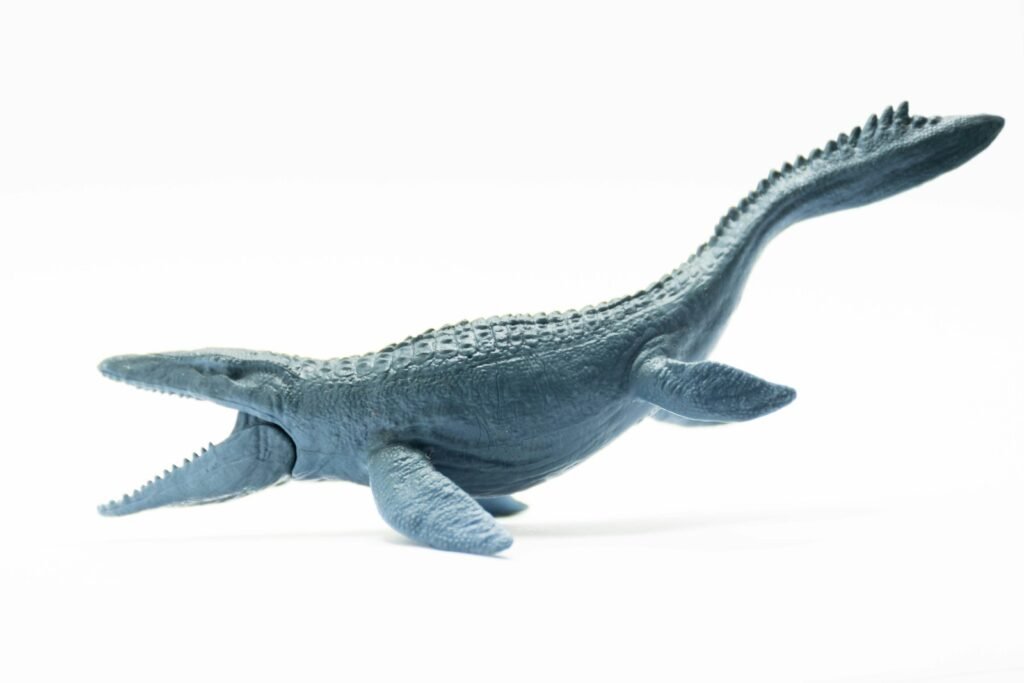They looked like sleek torpedoes carved from shadow and muscle, yet these ocean hunters were not fish and not mammals, but reptiles that mastered the seas long before whales even existed. For about 160 million years, ichthyosaurs raced through ancient oceans, evolving streamlined bodies and enormous eyes that cut through dim light like headlights in fog. Their story reads like a thriller: global catastrophe, rapid innovation, and a sudden, still-debated disappearance. Today, scientists are piecing together a mosaic of bones, burrowed into cliffs and folded into alpine peaks, to understand how these animals rose so fast and vanished just as suddenly. The answers are changing how we think about evolution, survival, and the physics of life in water.
The Hidden Clues
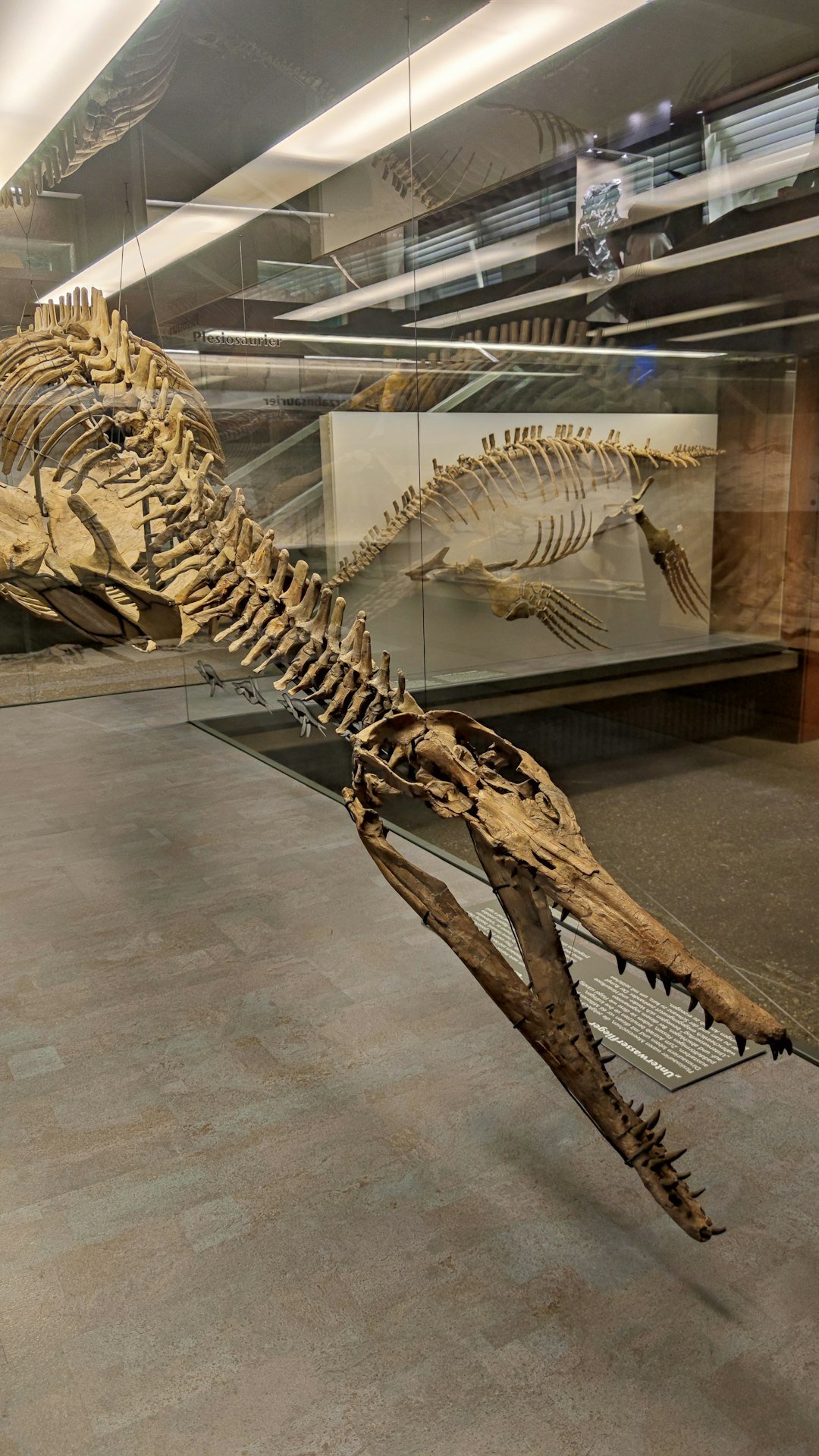
Here’s the twist that grabs you: some of the best ichthyosaur secrets come from what they ate and how they died. Fossils with stomach contents show beak-scarred squid hooks and fish scales, tiny snapshots of last meals that place these reptiles high on ancient food webs. Delicate skin impressions and tail-fin outlines reveal a crescent-shaped engine for speed, the kind you see in tuna and sharks today. And those round, bony eye rings – especially in forms like Ophthalmosaurus – hint at dusk-and-dawn hunting, where low light made their giant eyes a superpower.
Even better, some skeletons carry embryos tucked inside rib cages, proof that ichthyosaurs gave birth to live young far from shore. One fossil famously captures a mother in the act of giving birth, freezing a biological gamble that paid off in the open ocean. Bone chemistry studies pull the lens wider, tracking water temperatures and migration routes long erased from the seafloor. Each line of evidence feels small until it doesn’t, like turning a handful of puzzle pieces and suddenly seeing the picture.
From Ancient Tools to Modern Science
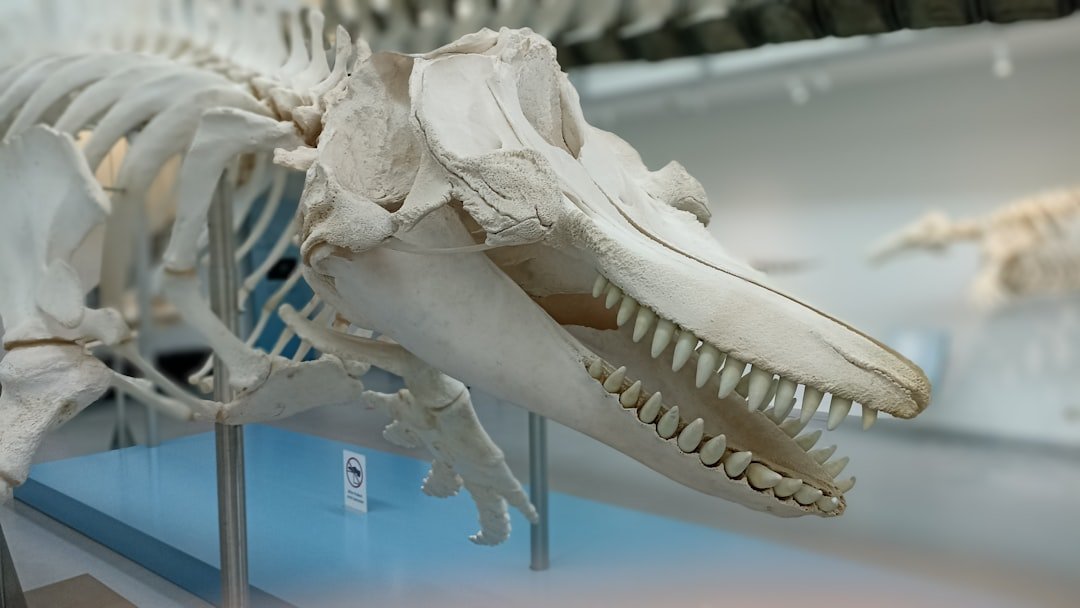
Sea-sprayed quarry picks gave us the first ichthyosaurs in the early nineteenth century, pried from the English coast by relentless collectors who refused to look away from strange skulls in the rock. Today, the work looks quieter but cuts deeper, with high-resolution CT scanning that sees through stone and synchrotron beams that map tissues invisible to the eye. These tools translate fossils into datasets, letting researchers model how water pressed around a tail fin or how a jaw flexed under bite force.
Stable isotope analyses squeeze climate stories from mineralized bone, sketching the temperature gradient of ancient oceans and the seasonal rhythms ichthyosaurs endured. Digital reconstructions test whether a particular body plan could sprint, cruise, or dive, arguing that some lineages became long-range speedsters while others specialized as ambush predators. It’s a bridge from cliff face to code, and the traffic runs both ways: field discoveries raise questions, and simulations send us back to hunt for the missing bones that can answer them.
The Physics of a Predator’s Body
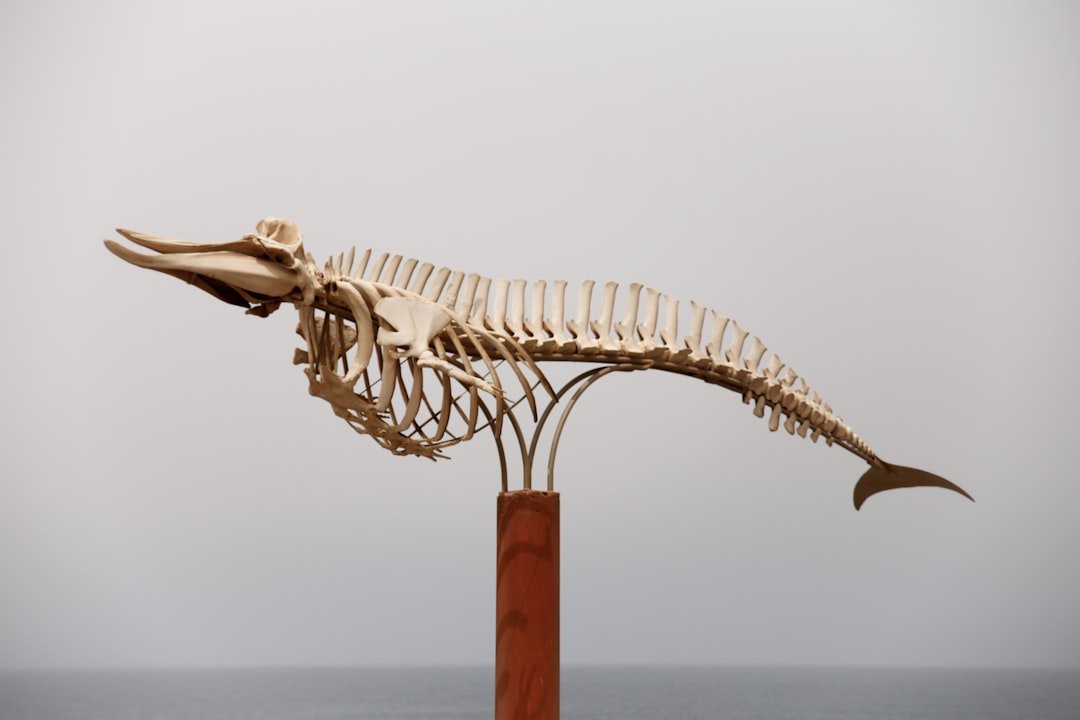
Streamlined isn’t just a look; it’s a solution. Ichthyosaurs evolved bullet-shaped torsos, stiff tails with downturned tips, and compact, paddle-like limbs – appointments that turn muscle into mileage with minimal drag. Their dorsal fins and tail flukes, which show up as silhouettes in some slabs, read like a textbook on hydrodynamics written in cartilage and collagen. The result is convergent evolution in high definition: bodies echoing dolphins and tunas not by family ties, but by physics.
Large eyes reduced visual noise underwater, letting hunters track faint contrasts in the gloom where prey tried to vanish. Some species likely cruised across vast distances to exploit seasonal booms of squid and fish, while others were built for bursts, spiking speed to win short, decisive chases. When you see a mounted skeleton, it feels coiled even in stillness, as if a single flex could launch it down a corridor of blue.
Life, Birth, and the Open Ocean
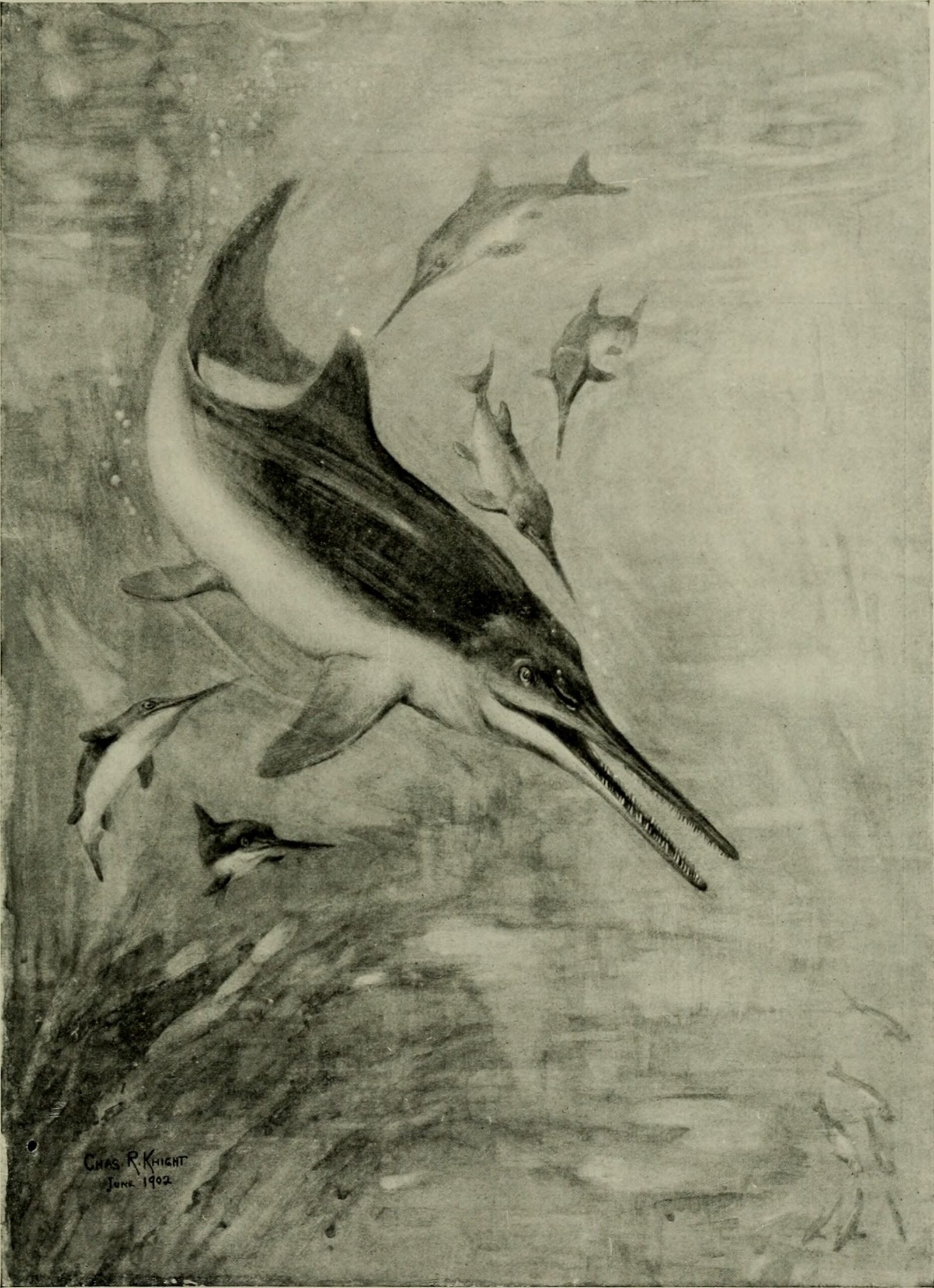
Viviparity – live birth – unlocked the whole ocean for ichthyosaurs. No need to crawl ashore to lay eggs; pregnancies could unfold on the move, and nurseries were the currents themselves. Embryos preserved in species like Stenopterygius and Chaohusaurus show tiny paddles and compact bodies, miniaturized versions of their parents ready for pelagic life. It’s a family strategy that rhymes with modern whales and seals, yet it evolved in reptiles with a very different toolkit.
Diet tells its own tale of ambition. Some ichthyosaurs specialized in soft-bodied prey, while others carried robust skulls and tooth wear that point to tougher fare, including armored fish. Rare fossils of gut contents and bite marks suggest a food chain with sharp elbows, where speed, eyesight, and timing were the difference between feast and famine. I remember tracing the curve of a rib at a small coastal museum and feeling the same electric jolt you get watching a shark cut across a reef: purpose born from water.
Why It Matters
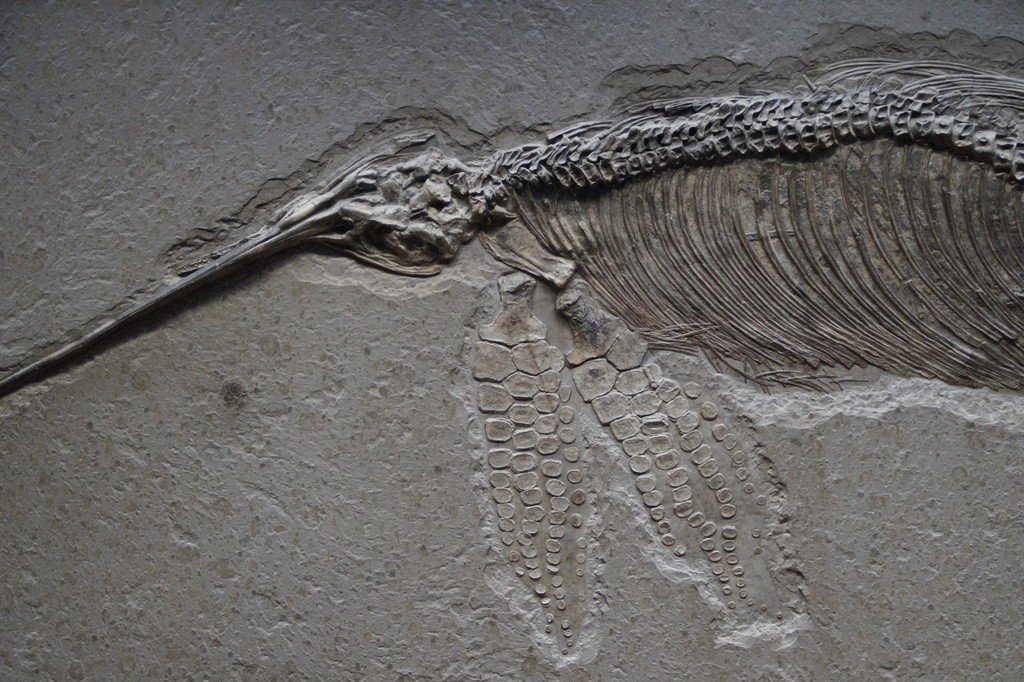
Ichthyosaurs are more than a prehistoric spectacle; they are a test case for how quickly life can rebound and then reorganize after catastrophe. In the wake of the end-Permian mass extinction, some lineages reached giant size at surprising speed, showing that ecosystems can build apex predators far sooner than old models predicted. Their rise calibrates our understanding of evolutionary tempo, while their decline in the mid-Cretaceous maps onto shifting oceans, changing prey communities, and episodes of low oxygen.
Compare the traditional approach – naming species and describing bones – with today’s integrative playbook that folds in climate proxies, biomechanics, and data science. The former gave us a cast list; the latter gives us a plot. By reading ichthyosaurs against a background of temperature swings and chemistry shocks, we sharpen our sense of how marine life responds when the thermostat nudges. That context is a mirror we can’t afford to turn away from now.
Global Perspectives
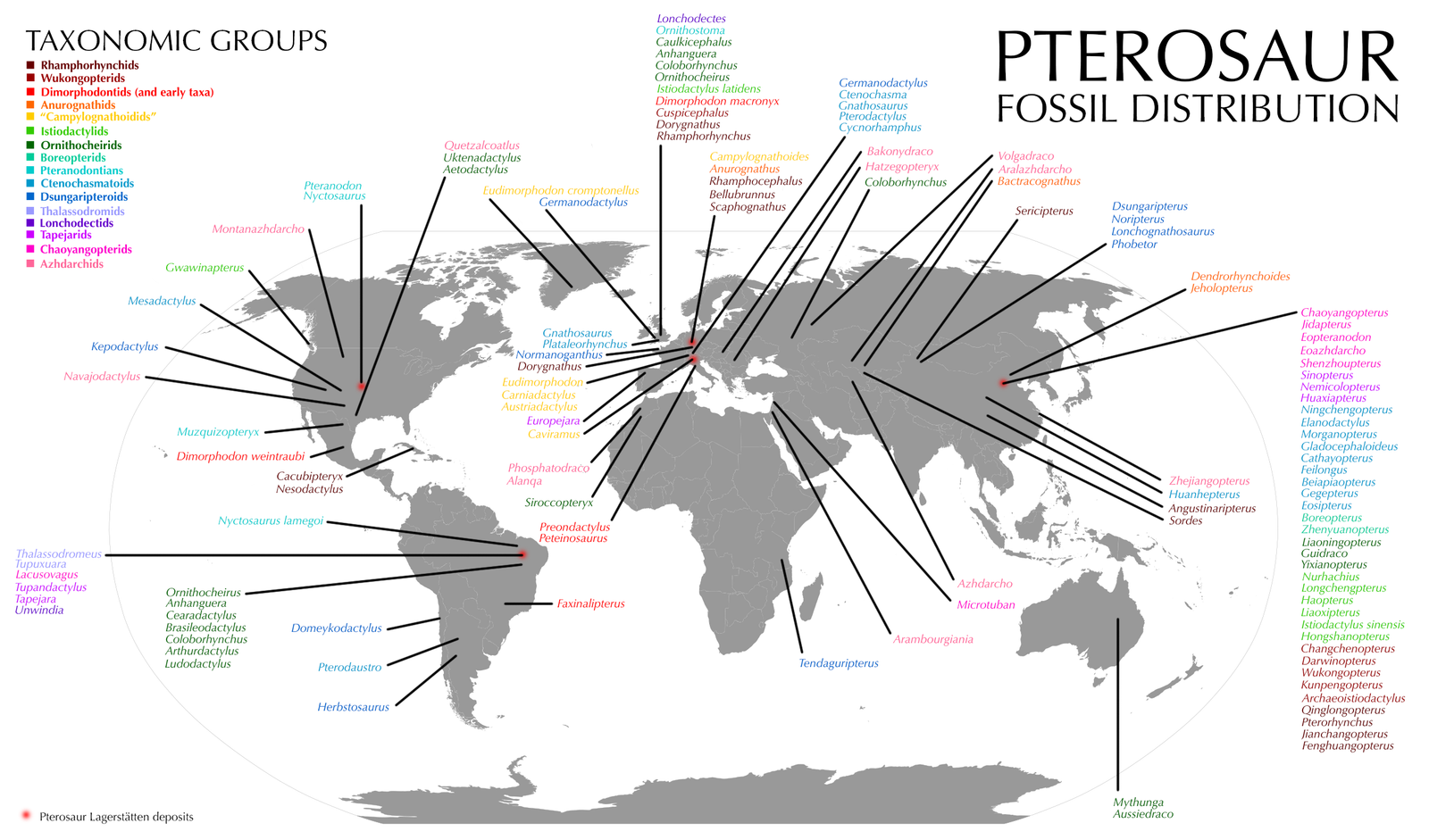
Their fossils stitch across the map: coastal cliffs in England, black shales in Germany, high plains and desert basins in North America, and Triassic beds in China that cradle both giants and newborns. In the Alps, tectonics hoisted once-flat seafloors into thin air, leaving marine skeletons stranded among snow and lichen. Each region preserves a different chapter, from early experiments in body plan to mature speed machines patrolling Jurassic seas.
Local geology shapes what we learn. Fine-grained sediments capture skin impressions and eye rings; coarser deposits favor skulls and vertebrae that resist decay. Museums trade casts and data, knitting together specimens that will never meet in stone, so researchers can compare growth rates, diets, and habitats across continents. It’s the most global kind of detective work, and it keeps rewriting the map of their world.
The Future Landscape
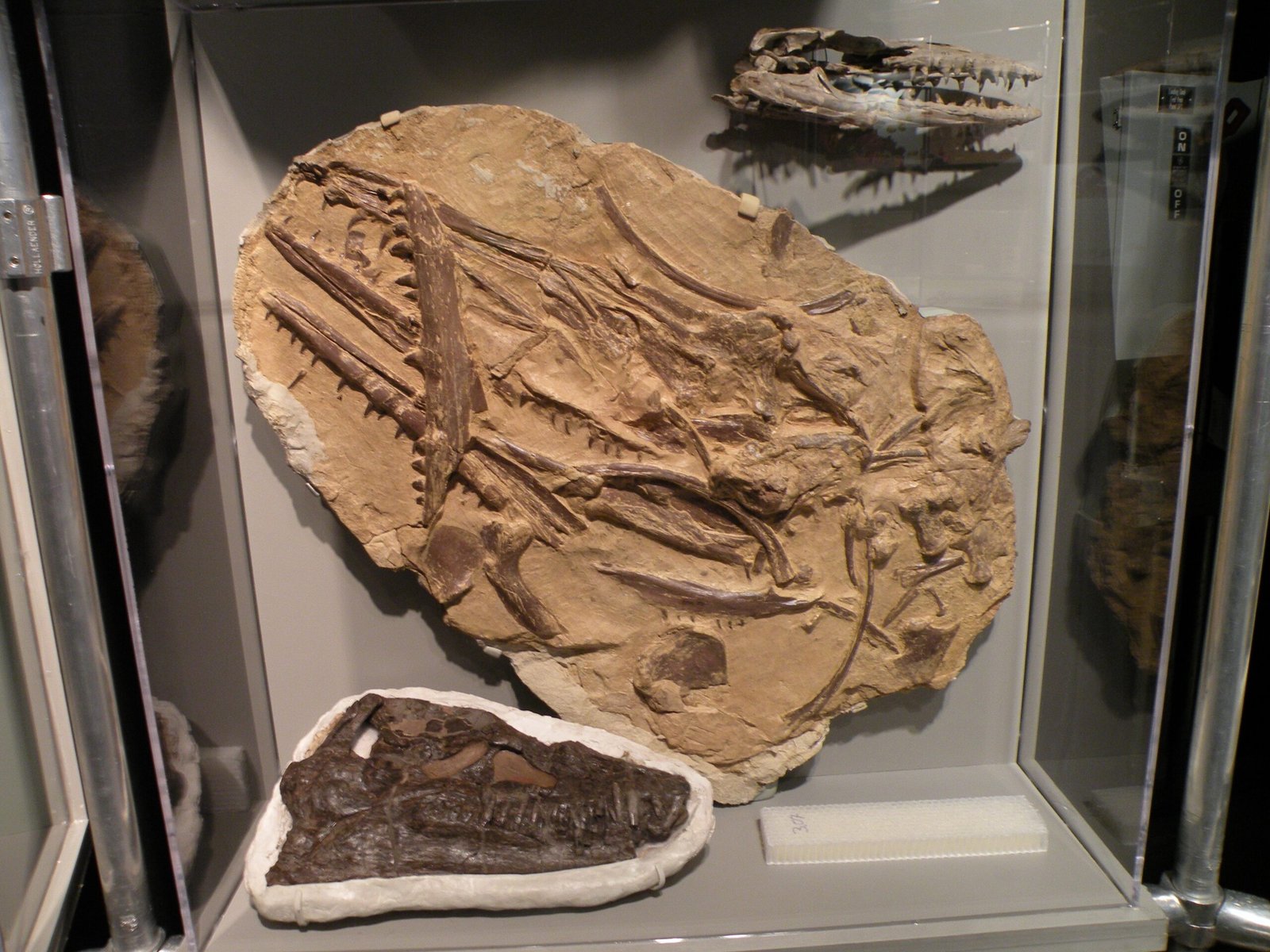
What’s next feels bold. Machine learning is already flagging subtle patterns in bone microstructure that hint at growth spurts, migrations, or seasonal stresses. New imaging methods promise to detect pigment residues and soft-tissue fibers more reliably, tightening reconstructions of color and fin shape. Underwater robotics and sediment coring are adding high-resolution climate timelines to fossil sites, anchoring life histories to specific environmental pulses.
There are hurdles. Many specimens remain locked in private collections, their data invisible to science, while cliffside sites erode faster under stronger storms. Funding cycles rarely match the slow patience of rock, and key outcrops still sit unsurveyed in remote terrain. Even so, the field is leaning into open databases, 3D models, and standardized sampling, laying the groundwork for global syntheses that would have been impossible a decade ago.
How You Can Dive In
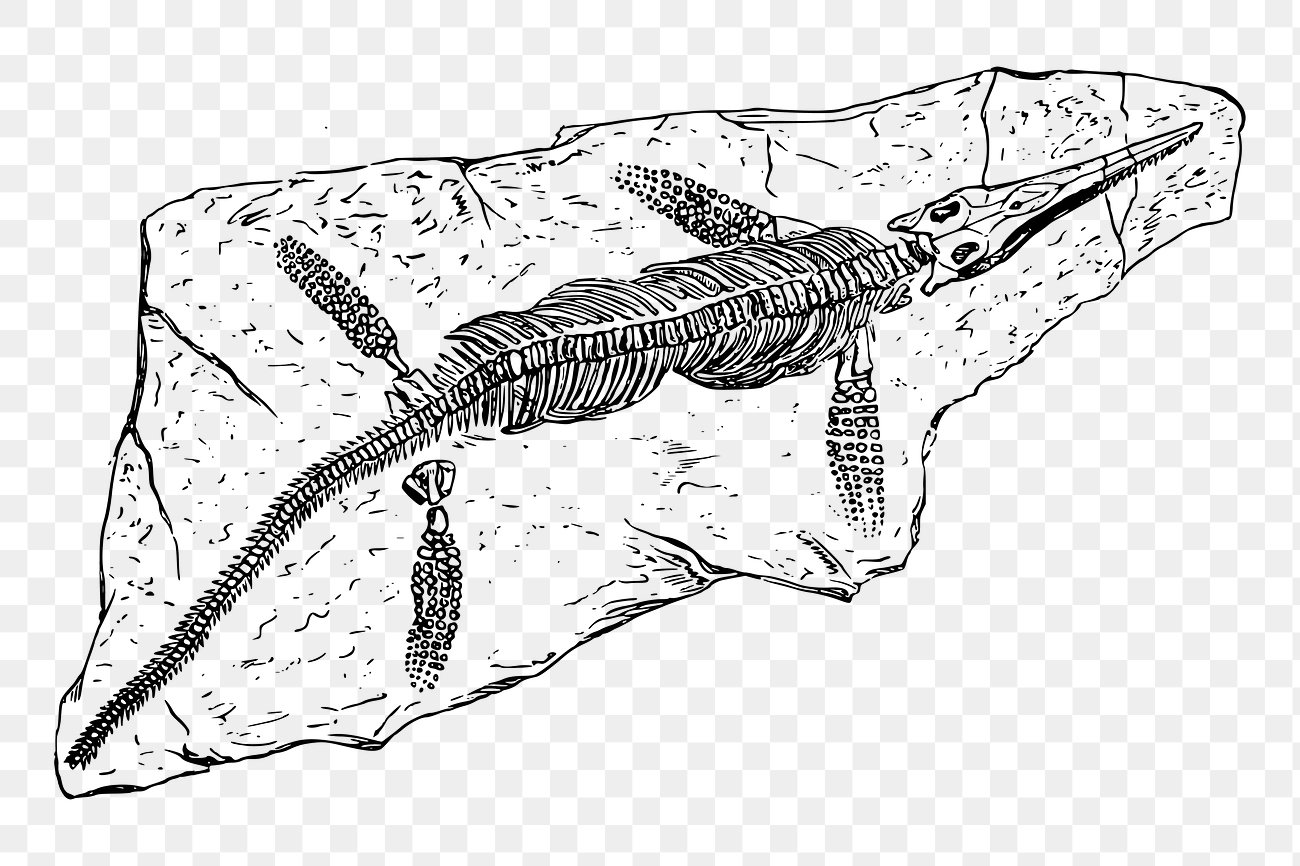
Start local: visit a regional museum, ask docents which specimens are under active study, and support the conservation of fragile collections. If you walk the shorelines where fossils weather out, follow the rules, photograph finds in place, and report significant bones to local geological trusts rather than pocketing them. Join a citizen-science group or paleontology society to help catalog specimens, transcribe field notes, or fund CT scans that turn stone into insight.
You can also back the bigger picture by supporting organizations that preserve coastal cliffs and monitor erosion, since many discoveries arrive one storm at a time. Read the open-access papers, share them widely, and raise thoughtful questions that keep researchers honest and funded. The more eyes on the rock and the data, the better our chance of catching the next hidden clue before it slips away – so, will you take the plunge?

Suhail Ahmed is a passionate digital professional and nature enthusiast with over 8 years of experience in content strategy, SEO, web development, and digital operations. Alongside his freelance journey, Suhail actively contributes to nature and wildlife platforms like Discover Wildlife, where he channels his curiosity for the planet into engaging, educational storytelling.
With a strong background in managing digital ecosystems — from ecommerce stores and WordPress websites to social media and automation — Suhail merges technical precision with creative insight. His content reflects a rare balance: SEO-friendly yet deeply human, data-informed yet emotionally resonant.
Driven by a love for discovery and storytelling, Suhail believes in using digital platforms to amplify causes that matter — especially those protecting Earth’s biodiversity and inspiring sustainable living. Whether he’s managing online projects or crafting wildlife content, his goal remains the same: to inform, inspire, and leave a positive digital footprint.

